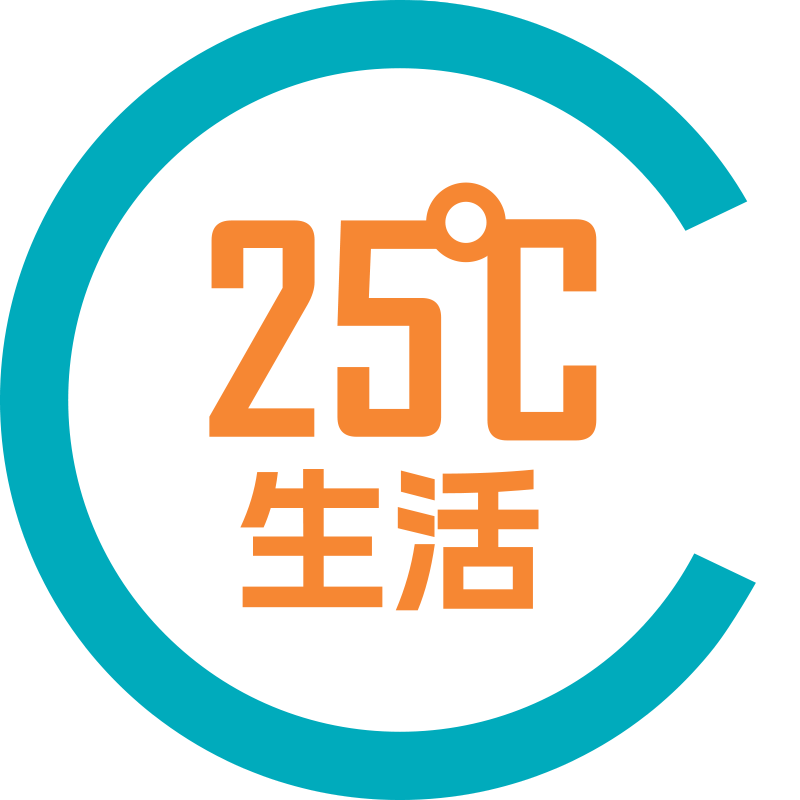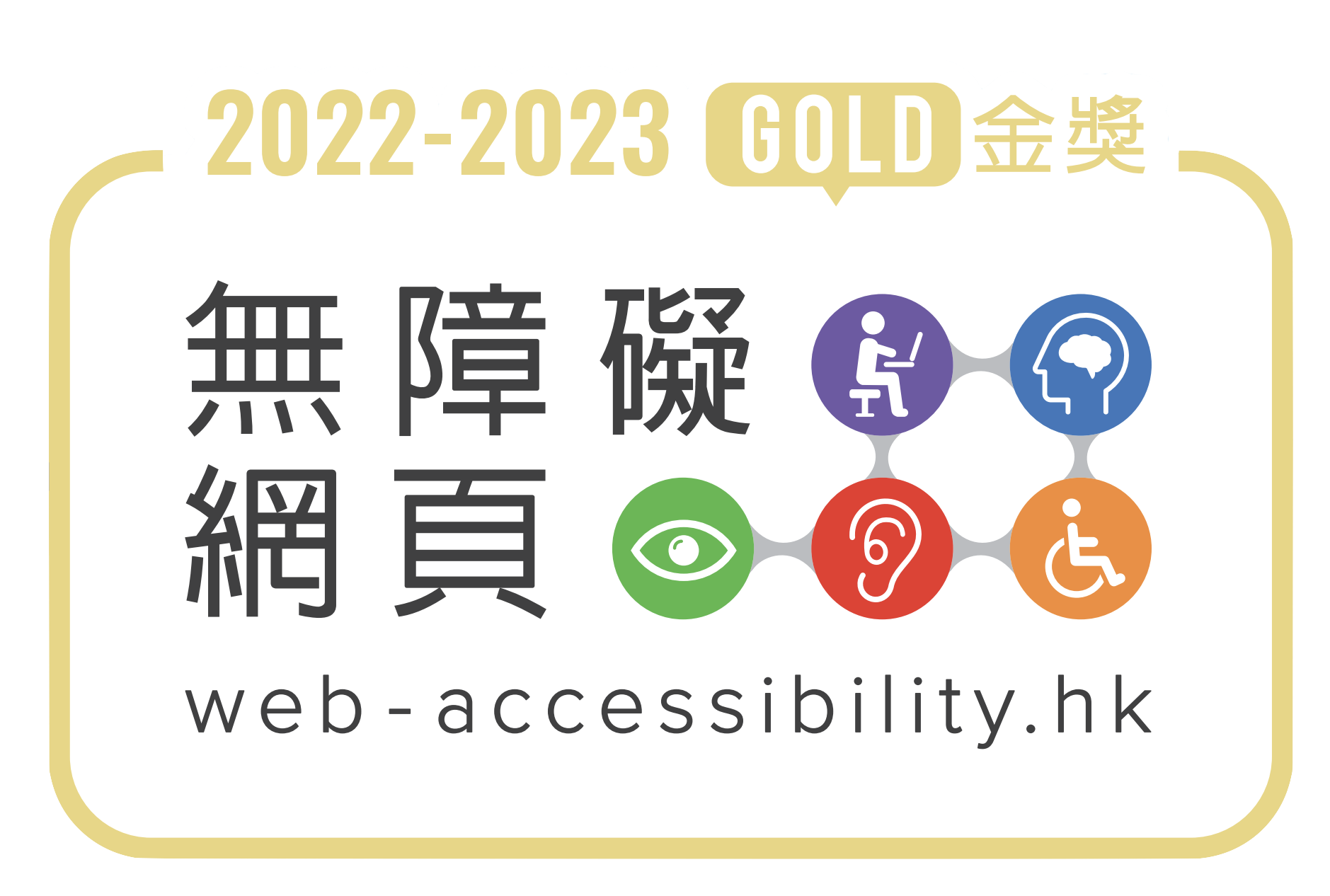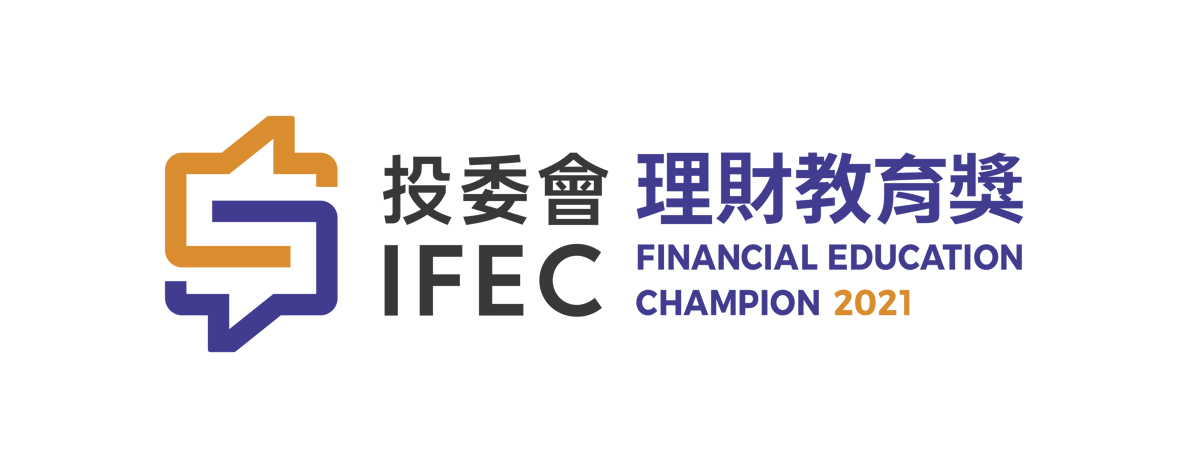- Green Power Gap estimates the renewable energy capacity that must be generated by 2050 for these countries to meet both global development and climate goals
- Outlines four new pathways from energy poverty to close the gap for 3.8 billion people in Africa, Asia, Latin America, and Middle East
BANGKOK, Aug. 7, 2024 /PRNewswire/ -- The Rockefeller Foundation released a new report today that calculates an 8,700 terawatt-hour (TWh) "Green Power Gap" across 72 countries in Africa, Asia, Latin America and the Caribbean, and the Middle East. Currently home to 3.8 billion people, these countries must deploy 8,700 TWh of clean power by 2050, which is approximately twice the United States' annual generation, in order to leapfrog from more traditional, costly, and inefficient power systems into a future of energy abundance. The Green Power Gap: Achieving an Energy Abundant Future for Everyone also identifies a green window of opportunity and sets out four new pathways to close the gap.
"The fate of 3.8 billion people's lives and the planet itself will depend on whether we can close the Green Power Gap," said Dr. Rajiv J. Shah, President of The Rockefeller Foundation. "History makes clear that people and countries will pursue opportunity regardless of the climate consequences. The only way to achieve the world's climate goals is scaling solutions and mobilizing the capital needed to ensure 3.8 billion people have enough clean electricity to lift up their lives and livelihoods."
The 72 countries analyzed in the report represent 68 that fall below the Modern Energy Minimum (MEM), which is defined as having an average annual per capita usage of less than 1,000 kilowatt hours (kWh) necessary to lift people out of poverty, create jobs, and drive economic development. The report also includes four additional countries* that have surpassed the MEM threshold but are included in the "energy-poor" category because significant proportions of their populations still live well below the MEM.
With only eight out of the 72 countries in Latin America & the Caribbean (Bolivia, El Salvador*, Guatemala, Haiti, Honduras, and Nicaragua) and the Middle East (Syria and Yemen), Africa is home to 44 countries, and 20 are in Asia.
Asia:
1) Afghanistan 2) Bangladesh 3) Cambodia 4) India* 5) Indonesia* | 6) Kiribati 7) Micronesia 8) Myanmar 9) Nepal 10) North Korea | 11) Pakistan 12) Papua New Guinea 13) Philippines 14) Samoa 15) Solomon Islands | 16) Sri Lanka 17) Timor-Leste 18) Tonga 19) Tuvalu 20) Vanuatu |
"While there is no one-size-fits-all answer to a future of clean energy abundance, we believe that there is a 'green window of opportunity' based on existing power system assets and the availability of renewable energy resources in Asia," said Deepali Khanna, Vice President and head of The Rockefeller Foundation's Asia Regional Office. "Countries in the region, especially India and Indonesia, are already paving the way by deploying renewable energy technologies at unprecedented scale."
Calculating the Green Power Gap
For this report, The Rockefeller Foundation sorts the 193 UN member countries into three categories: (1) "Advanced economies," which are the 55 countries defined as high-income by the World Bank; (2) "Energy-poor countries," representing the 68 energy poor countries, plus the additional four* identified above; and (3) "Emerging economies," representing the 66 countries that fall between the two categories (this group also saw their consumption increase by nearly 4,000 kWh per annum over the past 50 years, as compared to "energy-poor" countries that only saw a 500 kWh increase).
The Green Power Gap was calculated by determining how much carbon the world can emit while keeping global temperatures below 1.75°C and while accounting for population growth and development goals. It also assumes that the 55 "advanced" and 66 "emerging" countries will achieve net-zero emissions in 2050 and 2060, respectively.
Based on those calculations, this scenario's remaining 207 gigatons (GT) carbon budget allows considerable room for the 72 "energy-poor" countries to grow. Focusing on the power sector alone, fossil fuel generation can grow moderately in the near term, but in the long term, green power must become dominant. For example, in 2030, about two-thirds of the total generation could still come from fossil fuels in energy-poor countries. But by 2040, that share would need to fall to 30%, and net zero must be achieved by 2070.
Four Pathways to Close the Gap
Achieving energy abundance will require a blend of technology, but that blend will differ heavily based on individual country resources and needs. Existing power system assets and the availability of renewable energy assets in each country will determine which type of green leapfrog opportunities are most viable. Based on this, the report identifies four pathways to clean energy abundance enabled by modern technology. These are:
- Gradual grid greening: This pathway is appropriate in countries like India that have developed grids and considerable centralized fossil fuel generation assets.
- Mixed grid renewable evolution: This pathway is appropriate in countries like Nigeria with limited grid and generation capacity but higher population density.
- Decentralized solar storage: This pathway is appropriate in countries such as Burkina Faso, which have excellent solar resources but where grid development and access to other renewable resources are limited.
- Decentralized renewable mix: This pathway is suitable for countries such as the Democratic Republic of the Congo with limited grid and generation assets but with diverse high-quality renewable resources available.
"Closing the Green Power Gap is in every country's interest," said Dr. Joseph Curtin, Managing Director of The Rockefeller Foundation's Power and Climate team and co-author of the report. "Also, these 72 countries have superior renewable resources when compared to countries that are already deploying renewables at scale. So rather than follow the path taken by many advanced economies, they have a green window of opportunity to leapfrog to cleaner, nimbler, and more flexible power systems."
The Rockefeller Foundation aims to explore these divergent pathways in greater detail in future analysis.
ABOUT The Rockefeller Foundation
The Rockefeller Foundation is a pioneering philanthropy built on collaborative partnerships at the frontiers of science, technology, and innovation that enable individuals, families, and communities to flourish. We make big bets to promote the well-being of humanity. Today, we are focused on advancing human opportunity and reversing the climate crisis by transforming systems in food, health, energy, and finance. For more information, sign up for our newsletter at www.rockefellerfoundation.org/subscribe and follow us on X @RockefellerFdn and LI @the-rockefeller-foundation.
In addition to a conference center in Bellagio, Italy, The Rockefeller Foundation has U.S. offices in New York City and Washington, DC, with a regional headquarter in Bangkok, Thailand, for its work across Asia, and another regional headquarter in Nairobi, Kenya, for its work across the African continent.
source: The Rockefeller Foundation
想要獨家投資理財Tips?即Like etnet 全新Facebook專頁► 立即讚好































